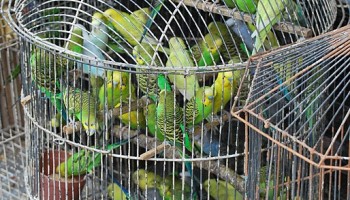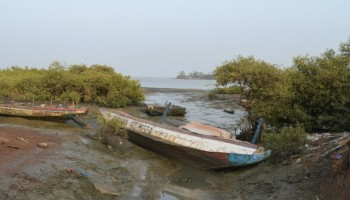Published by the Global Initiative Against Transnational Organized Crime (GI-TOC), “A Synthetic Age: The Evolution of Methamphetamine Markets in Eastern and Southern Africa” analyzes how and why a continent not often associated with meth is in fact one of the trade’s key global territories.
The epicentre of this historic shift is South Africa. Long insulated from global drug trends by Apartheid, the so-called “Rainbow Nation” began its synthetic story with a different drug: methaqualone, also known as “Mandrax” or “Quaaludes”.
Domestically produced in labs, its synthesis required chemical precursors from Asia, so South African gangs partnered with local Chinese syndicates to swap imported precursors for abalone, a local marine snail fetching exorbitant prices in East Asia.
The precursors-for-abalone relationship soon changed though, from methaqualone to methamphetamine, and in the late 1990s meth consumption began to radiate from Western Cape province. It soon became the primary substance in certain areas, even displacing cannabis, the “traditional standard-bearer” of African drug markets.
Domestic production flourished for a good decade, until the late 2000s. Then the Nigerians started taking over. A strategically located global drug nexus, Nigeria long connected Asian heroin to western markets and Latin American cocaine to eastern markets, so they were well-suited as intermediaries in the meth trade.
But with the help of Latin American cooks, first Bolivian and then Mexican, Nigerian crime groups established domestic meth labs, thereby moving up the value chain in the process. Their product, known in Southern Africa as “Mexican Meth,” was far better than South Africa’s impure domestic equivalent and, by 2016, began flooding the market via maritime and land routes through Angola and Namibia.
Today Nigerian crime groups still control most of the meth production and upper-level distribution in Southern and East Africa, which the report argues functions in an oligopolistic “quasi-cartel arrangement". With trade barriers continuing to fall worldwide, however, they have faced renewed competition since 2019 from an unlikely meth producer: Afghanistan.
Infamous for controlling some 85% of the world’s opium production, poor weather and falling prices have led many opium farmers in south-west Afghanistan to switch to artisanal meth production. Despite U.S. forces bombing these labs in 2019, this pivot has been so successful that Afghan production may now exceed combined Afghan, Iranian and Pakistani demand: hence, growing exports to Africa.
Piggybacking on traditional heroin shipments from Pakistan’s Makran coast to East Africa, so-called “Pakistani Meth” is reportedly as pure and, due to its older-style ephedrine-based synthesis, is highly esteemed among regional users.
The GI-TOC paper also voices concerns about Southeast Asia’s huge meth industry – which has quadrupled in the last five years from US$15 billion to $61 billion – targeting Africa and spreading its emblematic “yaba” meth tablets from Nairobi to Cape Town.
Widespread regional corruption means this may not be a question of if, warns the report, but when.






